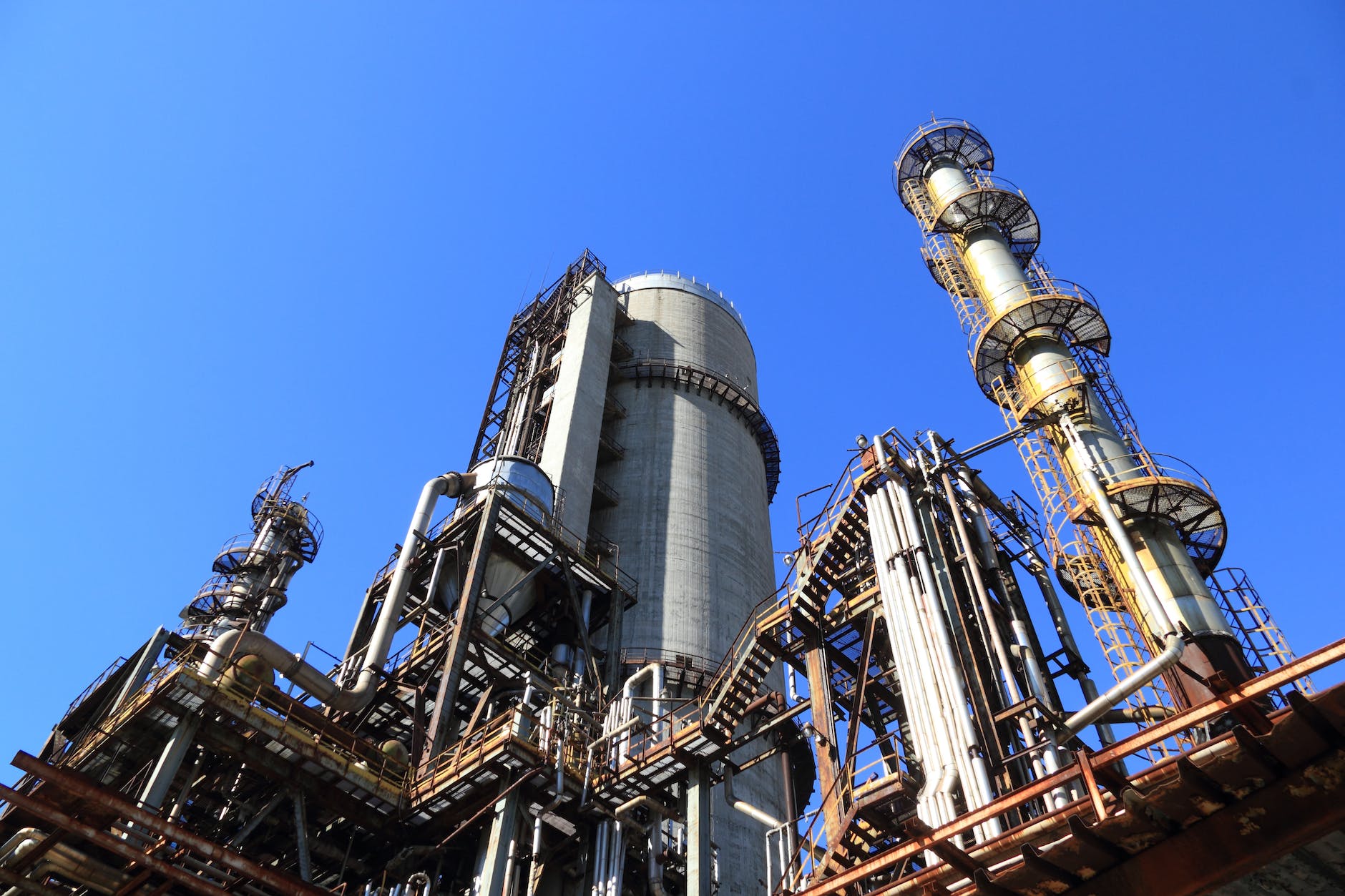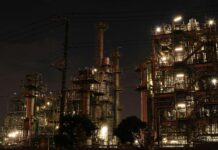
Oil and Gas Safety: Preserving Lives, Protecting Operations
Introduction to Oil and Gas Safety
Safety stands as the cornerstone of any industry, none more so than the realm of oil and gas. The extraction, refinement, and transportation of these precious resources inherently pose risks, making safety protocols pivotal. Understanding the nuances of oil and gas safety is not merely a matter of compliance but a commitment to safeguarding lives and preserving the environment.
Regulations and Standards
In the oil and gas sector, stringent regulations and standards dictate operational procedures. Compliance with these measures isn’t just mandatory; it’s integral to preventing disasters and ensuring sustainable practices. Standards like the Occupational Safety and Health Administration (OSHA) guidelines and API standards serve as guiding principles.
Safety Training Programs
One of the pillars of robust safety practices lies in comprehensive training programs. These initiatives equip workers with the knowledge and skills necessary to navigate hazardous situations. From handling equipment to understanding emergency protocols, a well-structured training regime is indispensable.
Personal Protective Equipment (PPE)
The frontline defense against potential hazards comes in the form of Personal Protective Equipment (PPE). From hard hats to protective clothing and respiratory gear, using and maintaining PPE correctly can be a difference-maker in minimizing risks.
Risk Assessment and Management
Identifying potential risks and effectively managing them is imperative in the oil and gas sector. Robust risk assessment protocols coupled with strategic risk management plans mitigate the chances of accidents, ensuring smooth operations.
Emergency Response Protocols
In an industry where emergencies can arise unexpectedly, having well-defined response protocols is paramount. Preparedness and swift action can make a substantial difference in minimizing damages and ensuring the safety of personnel.
Safety Culture and Communication
Fostering a culture where safety is ingrained in every aspect of operations is fundamental. Effective communication channels ensure that safety concerns are promptly addressed and preventative measures are readily disseminated.
Environmental Considerations
Beyond human safety, oil and gas operations profoundly impact the environment. Implementing measures to minimize this impact, such as utilizing eco-friendly technologies and sustainable practices, is gaining traction.
Safety in the oil and gas industry is of utmost importance due to the inherent risks involved in these operations. Here are some key aspects:- Training: Proper training for all employees is crucial. This includes understanding safety protocols, handling emergencies, using equipment correctly, and being aware of potential hazards.
- Personal Protective Equipment (PPE): Providing and enforcing the use of appropriate PPE such as helmets, gloves, goggles, and fire-resistant clothing can significantly reduce injuries.
- Equipment Maintenance: Regular maintenance and inspection of machinery, tools, and vehicles can prevent malfunctions that might lead to accidents.
- Safety Procedures: Establishing and enforcing strict safety procedures for various tasks, including handling hazardous materials, operating machinery, and responding to emergencies, is vital.
- Emergency Response Plans: Having well-defined plans for emergencies like fires, spills, or gas leaks is essential. Regular drills and training exercises can ensure employees are prepared to respond effectively.
- Environmental Protection: Safeguarding the environment is equally crucial. Implementing measures to prevent oil spills, gas leaks, and minimizing environmental impact should be a priority.
- Regulatory Compliance: Adhering to industry regulations and standards set by regulatory bodies is mandatory for ensuring safety and avoiding penalties.
- Communication: Encouraging open communication channels where employees can report safety concerns or incidents without fear of repercussions promotes a proactive safety culture.
- Risk Assessment: Regularly evaluating and mitigating potential risks in operations is key to preventing accidents and ensuring a safer work environment.
- Continuous Improvement: Regularly reviewing safety procedures and incorporating feedback from employees helps in evolving and improving safety standards.
Maintaining a culture of safety requires commitment at all levels within an organization. It's not just about policies but also about fostering a mindset that prioritizes the well-being of everyone involved in oil and gas operations.Case Studies and Success Stories
Examining past incidents and success stories provides valuable insights. Learning from both mistakes and achievements is crucial in evolving safety protocols and practices.
Future Trends in Oil and Gas Safety
Looking ahead, technological advancements, stricter regulations, and a heightened focus on sustainability are expected to shape the future of oil and gas safety practices.
Conclusion
Oil and gas safety isn’t just a regulatory obligation; it’s a moral and operational imperative. Safeguarding lives, preserving the environment, and ensuring operational continuity hinges on a robust safety framework.
Types of Work Permits and Certificates Used in ADNOC as per WMS
How to Become a Successful Job Performer in ADNOC
How to Become an ADNOC Approved HSE Officer
The Abu Dhabi National Oil Company (ADNOC)
FAQs (Frequently Asked Questions)
- What are the common hazards in the oil and gas industry?
- Common hazards include fires, explosions, exposure to toxic chemicals, slips and falls, equipment malfunctions, and transportation-related incidents. The nature of the industry involves working with high-pressure equipment, volatile substances, and challenging environmental conditions.
- How often should safety training be conducted in this sector?
- Safety training should be conducted regularly, ideally as part of onboarding for new employees and periodically for existing staff. Continuous training ensures that workers stay updated on safety protocols, equipment handling, emergency procedures, and any changes in regulations.
- What role does technology play in enhancing safety measures?
- Technology plays a significant role in improving safety in the oil and gas industry. Advancements like remote monitoring, sensors for detecting leaks or malfunctions, predictive analytics to foresee potential risks, and automation of certain processes help in early detection and prevention of accidents.
- Are there global standards governing oil and gas safety?
- Yes, there are global standards governing oil and gas safety. Organizations like OSHA (Occupational Safety and Health Administration) in the United States, API (American Petroleum Institute), and ISO (International Organization for Standardization) set guidelines and standards that are widely followed across the industry worldwide.
- How can companies promote a culture of safety among their workforce?
- Companies can promote a safety-oriented culture by fostering open communication, providing comprehensive training, encouraging reporting of hazards or near-misses, leading by example at all levels of the organization, recognizing and rewarding safe practices, and involving employees in safety-related decision-making processes. Building a culture where safety is everyone’s responsibility is key to ensuring a safe working environment.

























i am. intrested to join the job